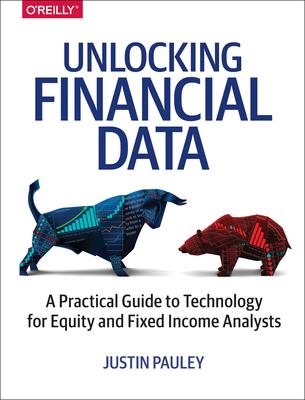This practical guide teaches analysts a useful subset of Excel skills that will enable them to access and interpret financial information--without any prior programming experience. This book will show analysts, step-by-step, how to quickly produce professional reports that combine their views with Bloomberg or Markit data including historical financials, comparative analysis, and relative value. For portfolio managers, this book demonstrates how to create professional summary reports that contain a high-level view of a portfolio's performance, growth, risk-adjusted return, and composition. If you are a programmer, this book also contains a parallel path that covers the same topics using C#.
Topics include:
- Access additional data that isn't visible on Bloomberg screens
- Create tables containing corporate data that makes it possible to compare multiple companies, bonds, or loans side-by- side
- Build one-page analytic ("Tear Sheet") reports for individual companies that incorporates important financials, custom notes, relative value comparison of the company to its peers, and price trends with research analyst targets
- Build two-page portfolio summary report that contains a high-level view of the portfolio's performance, growth, risk-adjusted return, and composition
- Explore daily prices and facility information for most of the tradable corporate bond and loan market
- Determine the relationship between two securities (or index) using correlation and regression
- Compare each security's performance to a cohort made of up of securities with similar risk and return characteristics
- Measure portfolio risk-adjusted return by calculating variance, standard deviation, and Sharpe ratio
- Use Markit data to identify meaningful trends in prices, new issue spreads, and refinancings
